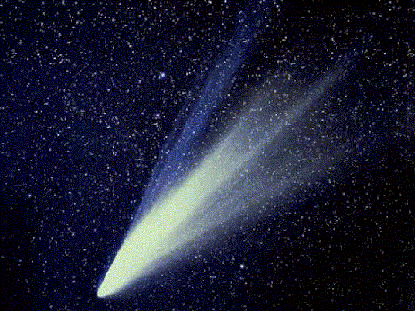La Comète is a magnificent Art Deco sculptural image of a female nude modelled as a streamlined comet, her long hair trailing behind her as she flies through the clouds. The silvered bronze sculpture is heightened with parcel gilding and raised on a breche griotte shaped marble base, signed Guirard-Riviere and inscribed with the foundry mark Etling Paris. The sculpture’s composition displays a great sense of dynamism and movement.
This iconic design was considered the height of modernity and an example of the model was placed in the reception of the famous Chrysler Building, New York from 1930 to 1942.
See example with a green/brown patina which was sold at Sothebys, New York in 2014 for $ 60,000 USD
ADDITIONAL INFORMATION
Height: 53 cm
Width: 57 cm
Condition: Excellent Original Condition
Circa: 1925
Foundry Etling, Paris
Materials: Silvered Bronze and Marble
Book Ref Art Deco Sculpture by Victor Arwas
Page No: 106
SKU: 7593
ABOUT
Maurice Guiraud-Rivière was born in Toulouse in 1881 and was a painter, draftsman, sculptor, the nephew of Theodore Riviere and student of the National School of Fine Arts where he studied under the direction of Antonin Mercie master of his uncle and like them native of Toulouse.What is a Comet?
A comet is a very small solar system body made mostly of ices mixed with smaller amounts of dust and rock. Most comets are no larger than a few kilometres across. The main body of the comet is called the nucleus, and it can contain water, methane, nitrogen and other ices.
When a comet is heated by the Sun, its ices begin to sublimate (similar to the way dry ice “fizzes” when you leave it in sunlight). The mixture of ice crystals and dust blows away from the comet nucleus in the solar wind, creating a pair of tails. The dust tail is what we normally see when we view comets from Earth.
A plasma tail also forms when molecules of gas are “excited” by interaction with the solar wind. The plasma tail is not normally seen with the naked eye, but can be imaged. Comets normally orbit the Sun, and have their origins in the Oort Cloud and Kuiper Belt regions of the outer solar system.

To view a selection of Art Deco bronzes please click here.
Shipping and Returns
Shipping
UK shipping is free of charge
We use professional packers and shippers and can normally arrange 3-4 day delivery in the UK and 7-10 day delivery worldwide.
Shipping FAQs
Q: How long does shipping normally take?
A: 3-4 days to mainland UK or 7/10 days for international shipping
Q: Are items insured?
A: All items shipped are fully insured for loss or damage
Q: Do you supply a COA?
A: We offer a Certificate Of Authenticity for every item we sell. For security reasons we normally send these documents separately
Q: What method of payments do you accept?
A: We are happy to accept payment in GBP Sterling by credit card, Paypal or bank transfer.
Returns & Exchange
We are pleased to offer a 14 day full refund policy for items purchased online. If you are unhappy with an item for any reason we would ask you to return the item to us in undamaged condition within 14 days and we will make a full refund of the price paid. Please note that the buyer is responsible for return postage costs.
We are also happy to offer a bespoke service whereby you may exchange any item originally purchased from us for another item from our current selection of stock. Please contact us for further details.
























